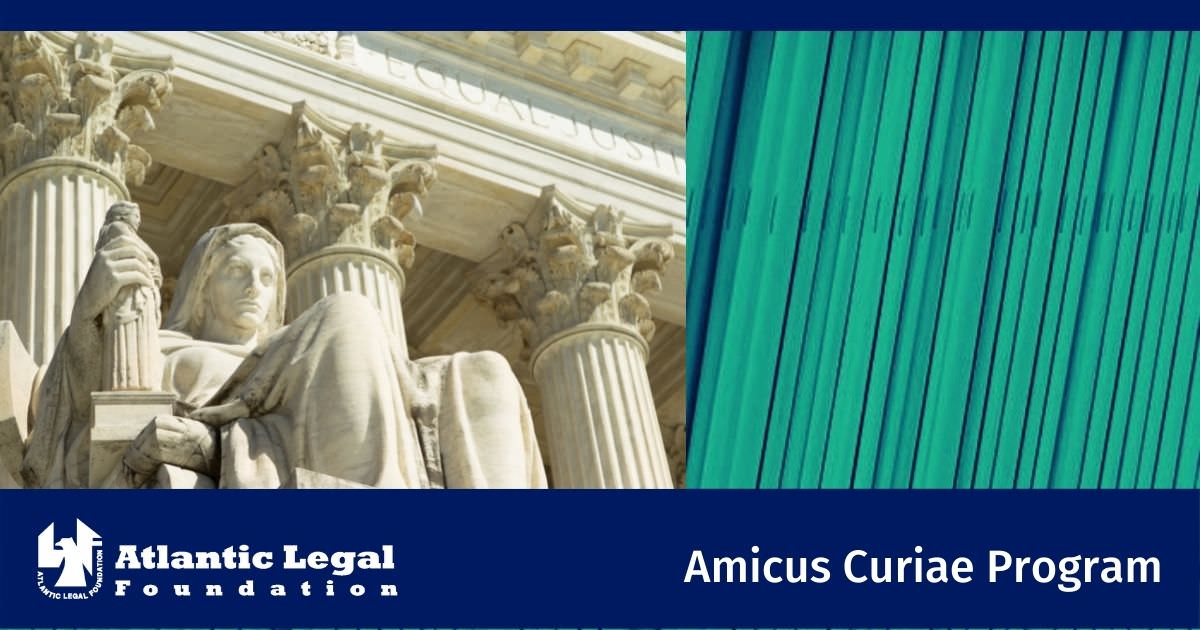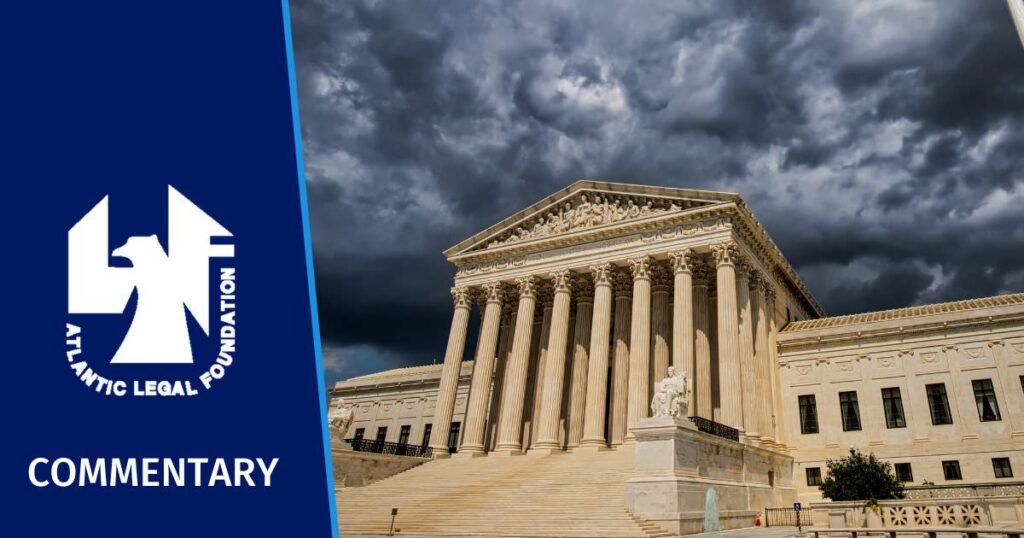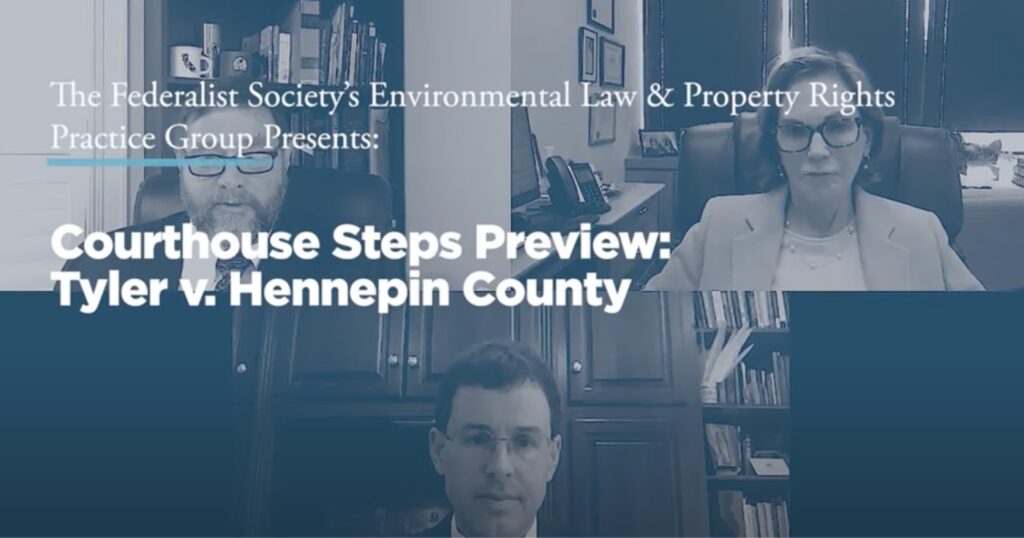The Supreme Court of the United States today unanimously decided Sackett v. Environmental Protection Agency, handing the US EPA a significant defeat. Atlantic Legal, in September, 2011, representing the National Association of Manufacturers, filed an amicus brief in support of the Sacketts in this case involving important due process rights and property rights issues.
The Sacketts own a small (approximately one-half acre) residential lot in Idaho. After obtaining all required state and local permits and approvals, they began to clear and grade the land so they could build a single family home. After the work had begun, the Sacketts received a compliance order from the regional EPA office, advising them (1) that the EPA had determined without any hearing or opportunity for a hearing that the Sacketts had violated the Clean Water Act by conducting activities in a wetlands; (2) that they had to restore the property to the condition it was in before they did the work including removal of any fill and replanting of vegetation on a schedule set by the EPA; (3) that they had to obtain a federal permit to do any work on their land; and (4) that they were subject to civil fines of up to $37,500 per day, "administrative penalties," or even criminal prosecution. The Sacketts believed the EPA was in error because they believed their property was not a designated wetlands and not subject to EPA’s jurisdiction. They tried, without success, to confer with EPA.
The Sacketts sued in federal court, alleging that (a) they were entitled to judicial review of the EPA’s compliance order and (b) if they could not obtain judicial review under the Clean Water Act or the Administrative Procedures Act (APA), the issuance of a compliance order and imposition of penalties without a judicial hearing violated their constitutional right to due process of law. The federal district court and the Court of Appeals for the Ninth Circuit ruled against the Sacketts, holding that the Clean Water Act implicitly provided a judicial hearing only after they either did the remedial work the EPA demanded and the Sacketts sought to recover the costs, or after they refused to comply with the compliance order and waited for the EPA to start enforcement proceedings.
Atlantic Legal argued that a long line of Supreme Court precedent teaches that due process requires a pre-enforcement judicial hearing, except where the government agency must act in an emergency, and that neither the facts of this case nor the EPA’s compliance order indicated that there was an emergency. Thus, EPAs refusal to provide a pre-enforcement hearing before a neutral decision-maker was a denial of due process because the procedural choices described by the Ninth Circuit are untenable: either the Sacketts had to spend upwards of $250,000 and wait two years to get a permit or run the risk of hundreds of thousands of dollars of penalties accruing before they could get judicial review.
The decisions of the district court and the Ninth Circuit were reversed and remanded by the Supreme Court. The Court held that the Sacketts may bring a civil action under the APA to challenge the issuance of the EPA’s order because the administrative remedies were not adequate. The Court found that the APA provides for judicial review of "final agency action for which there is no other adequate remedy in a court." 5 U. S. C. ‘704. The compliance order here has all the hallmarks of APA finality because through it, the EPA "determined" rights or obligations, requiring the Sacketts to restore their property according to an agency-approved plan and to give the EPA access. In addition, "legal consequences . . . flow" from the order, which, according to the Government’s contentions, expose the Sacketts to double penalties in future enforcement proceedings. The order also severely limits the Sacketts’ ability to obtain a permit from the Army Corps of Engineers. A civil action brought by the EPA ordinarily provides judicial review in such cases, but the Sacketts cannot initiate that process and each day they are forced to wait, additional potential liability of up to $75,000 per day accrues.
The Supreme Court also ruled that the APA creates a presumption favoring judicial review of administrative action and that the Clean Water Act does not preclude judicial review under the APA.
This is a major defeat for the EPA’s heavy-handed enforcement of the CWA. "There is no reason to think that the Clean Water Act was uniquely designed to enable the strong-arming of regulated parties into ‘voluntary compliance’ without the opportunity for review–even judicial review of the question whether the regulated party is within the EPAs jurisdiction," wrote Justice Antonin Scalia. Justice Samuel A. Alito Jr., in his concurring opinion, said the position taken by the federal government in the case "would have put the property rights of ordinary Americans entirely at the mercy of Environmental Protection Agency employees.







